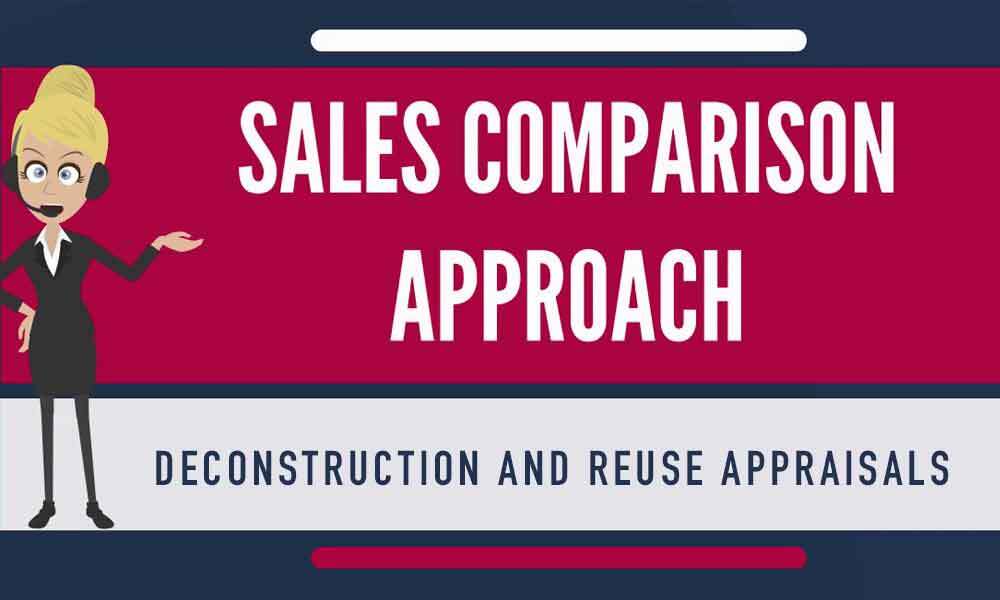As noted in our appraisal, we primarily employ the Sales Comparison Approach in determining the Fair Market Value. Below includes a definition of this approach by two personal property appraisal organizations and our consideration of both asking prices and consummated sales in our opinions of value.
The International Society of Appraisers (ISA) Core Course in Appraisal Studies Lesson 1, defines the Sales Comparison Approach as an approach that “compares the subject property with similar items that have sold in the past within the market considered most common for the item.” Further explanation stipulates that the approach is:
- 1A process of analyzing the sales of similar (comparable) sold properties in order to derive an indication of the most probable value of the property being appraised.
- 2Useful in determining value for most types of personal property.
- 3Particularly useful for manufactured goods that are identical, with many produced...because it requires the consideration of past sales of comparable or similar property. 1
Furthermore, Lesson 12 states,
Using sales of comparable properties is the most common way that the appraiser will show evidence for a value conclusion. Users of appraisals, such as the IRS, find this method the most convincing. The weight to be given each comparable sale depends on the following:
- 1The degree of similarity between the property sold and the donated property
- 2The time of the sale
- 3The circumstances of the sale
- 4The conditions of the market2
From the American Society of Appraisers (ASA) Monograph 7: Analysis of Research The Sales Comparison Approach to Value:
The appraiser concludes the value of a property by comparing it with similar items sold in the relevant market. The appraiser identifies the characteristics of value seen in the similar properties that are available or have been sold. They then observe the characteristics and the prices paid for the property with and without those characteristics.” Further detail on the transactions to be analyzed includes, “the appraiser uses both past transactions and/or asking prices for available property in the appropriate market as evidence on which to develop a supported argument for value. While prices are used for analysis, a single price represents only one transaction. Value, on the other hand, represents all recent activities in a specific marketplace. As the appraiser takes into consideration the supply and demand of the property type, they look for trends or patterns in comparable properties and compare the results of numerous transactions.
The monograph goes on to instruct the appraiser to apply Uniform Standards of Professional Appraisal Practice (USPAP) to distinguish between price and value. 3
Price: the amount asked, offered, or paid for a property
Value: the monetary relationship between properties and those who buy, sell, or use those properties, expressed as an opinion of the worth of a property at a given time. 4
Deconstruction and reuse appraisals rely heavily on retailers of second-hand building materials, home furnishings, home fixtures and appliances, and other varieties of household goods like linen, curtains, rugs, glassware, etc. Most of these markets offer goods at firm prices similar to first-hand retail markets. Because of the nature of these retail outlets, we consider the price to be a reliable indicator of value and is considered in our opinion of value. We often research numerous offer prices for each appraised item to look for patterns in pricing, eliminate high and low outliers, and then run the four basic statistical tools (mean, median, mode and range) for use in our analysis.
Second-hand brick-and-mortar retailers sometimes offer discounts when a buyer purchases numerous items in one visit. When using a brick-and-mortar retailer in our analysis, we inquire as to any bulk-purchasing discounts as well as the firm-nature of prices. We also inquire as to how long an item remains in inventory before it is discounted for a sale such as a “clearance.” We often include sale and clearance sale items in our analysis of value as this is an indicator that the demand for the item might be depressed.
Auction or “hammer” prices occur often in other fields of personal property appraisal like fine arts and antiques. We use consummated auction sales in our appraisals for appropriate items. When these are used, buyer’s premiums are added as the aggregate price of the transaction and considered requisite when determining value. When using auction sites in our analysis, we only consider consummated sales and not offer prices. Unlike retail sales markets, early auction estimates do not correlate closely with value and can be manipulated higher or low to draw a target audience.
Reference Links:
1ISA Core Course in Appraisal Studies—Lesson 1 p. 1-17
2ISA Core Course in Appraisal Studies—Lesson 12 p. 12-5
3ASA Monograph 7: Analysis of Research p. 7-14, 7-15
4ibid


